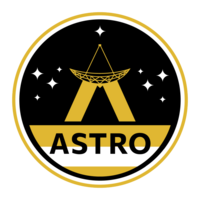THE CONTRIBUTION OF THE VERY LARGE ARRAY (VLA) TO UNDERSTANDING THE UNIVERSE
19 JULY 2024 | Konstantinos Karathanas
-Carl Sagan
Introduction
A few years ago, in a remote area of New Mexico, a team of scientists made a groundbreaking discovery that echoed throughout the global scientific community. Using the powerful array of radio telescopes at the Very Large Array (VLA), scientists detected pulses of radio waves from a previously unidentified source deep in space. What was initially perceived as noise proved to be the first detection of a newly discovered millisecond pulsar—a neutron star rotating hundreds of times per second. This discovery captivated the astronomical community and significantly advanced our understanding of the universe [1].
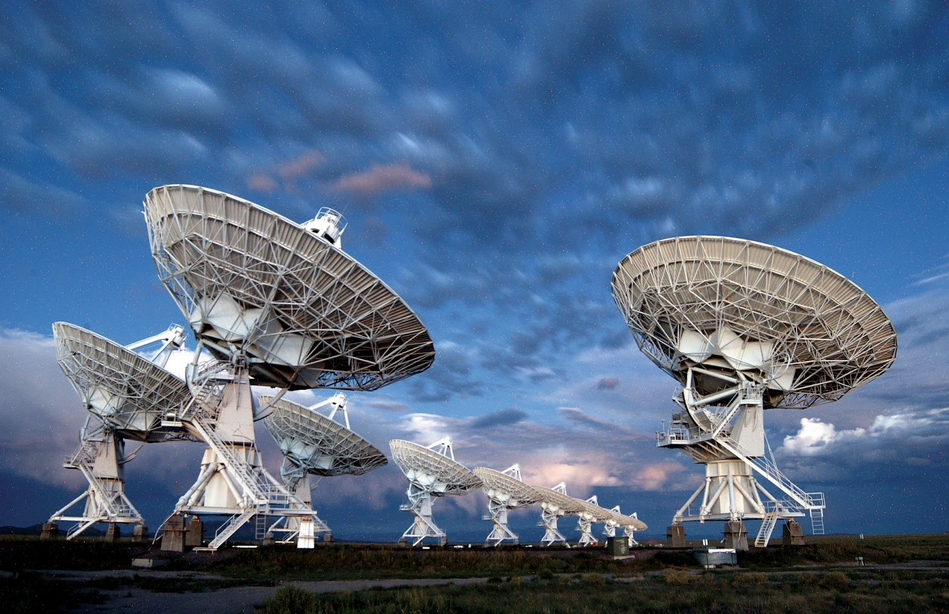
Source: NRAO/AUI/NSF
What is the VLA?
In the plains of San Agustin, in the heart of New Mexico's desert, stands a breathtaking sight: enormous antennas arranged in a "Y" shape stretch across the horizon like metallic flowers gazing at the universe - the Karl G. Jansky Very Large Array (VLA), one of the world's most powerful radio telescopes [2].
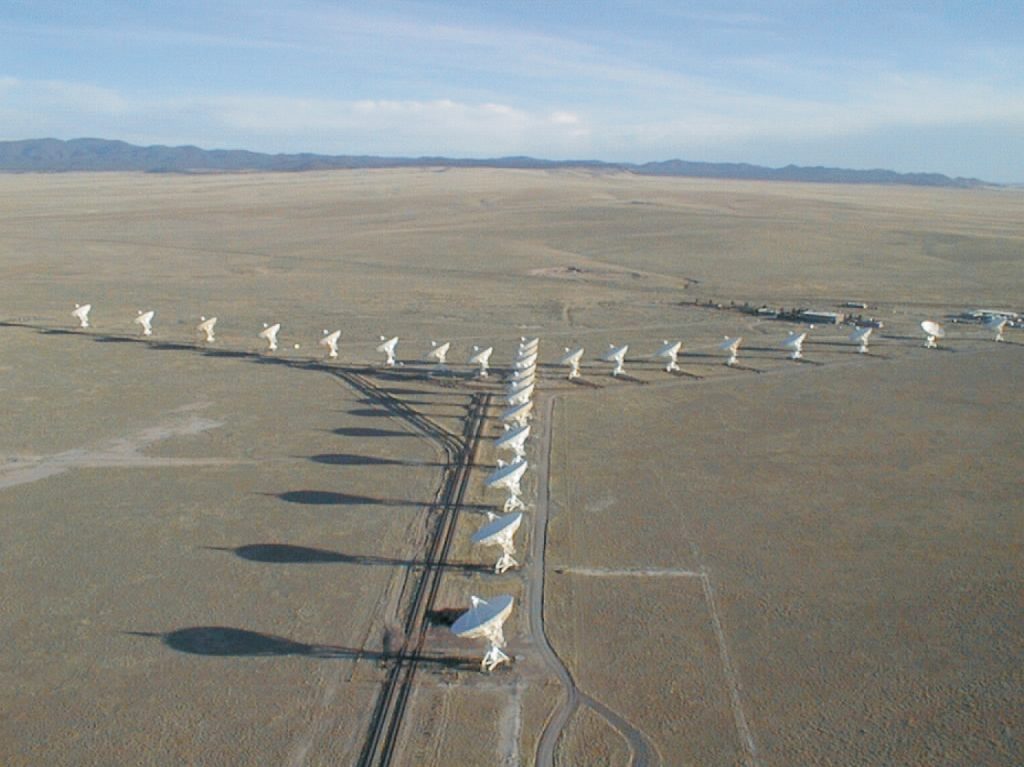
Source: NRAO/AUI/NSF
The VLA consists of 27 active antennas and one spare, each measuring 25 meters in diameter. These antennas can be moved along special railway tracks to form different configurations (A, B, C, D), altering the distance between them. The A configuration offers the highest spatial resolution but covers a smaller area, while the D configuration provides lower resolution but greater spatial coverage. The VLA can detect radio waves at frequencies ranging from 1 GHz to 50 GHz, covering a broad portion of the electromagnetic spectrum [3].
The idea for the VLA was proposed by the National Radio Astronomy Observatory (NRAO) in 1961. Construction of the VLA began in 1973 and was completed in 1980, funded by the National Science Foundation (NSF) with a total investment of $78.5 million [4].
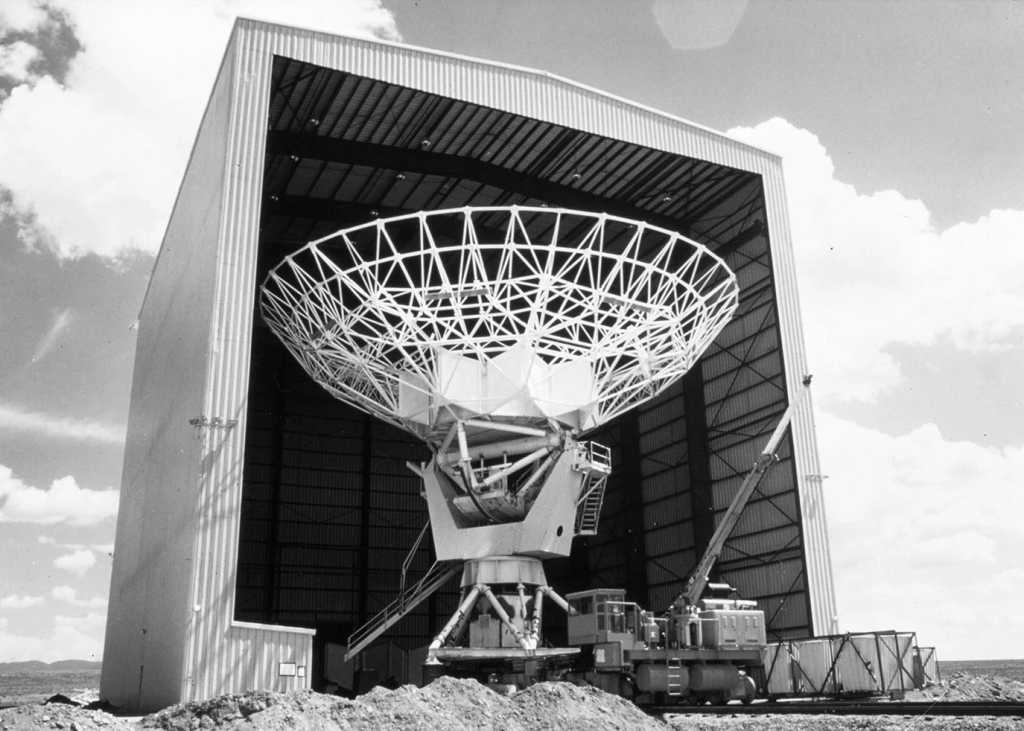
Source: NRAO/AUI/NSF
Since its inception, the VLA has been instrumental in a multitude of significant scientific discoveries. It has undergone several upgrades, the most notable being the Expanded Very Large Array (EVLA) project, initiated in 2001 and completed in 2012, which significantly enhanced its capabilities [5].
The VLA has played a crucial role in a plethora of significant discoveries in astronomy and astrophysics. Some of the most notable discoveries include:
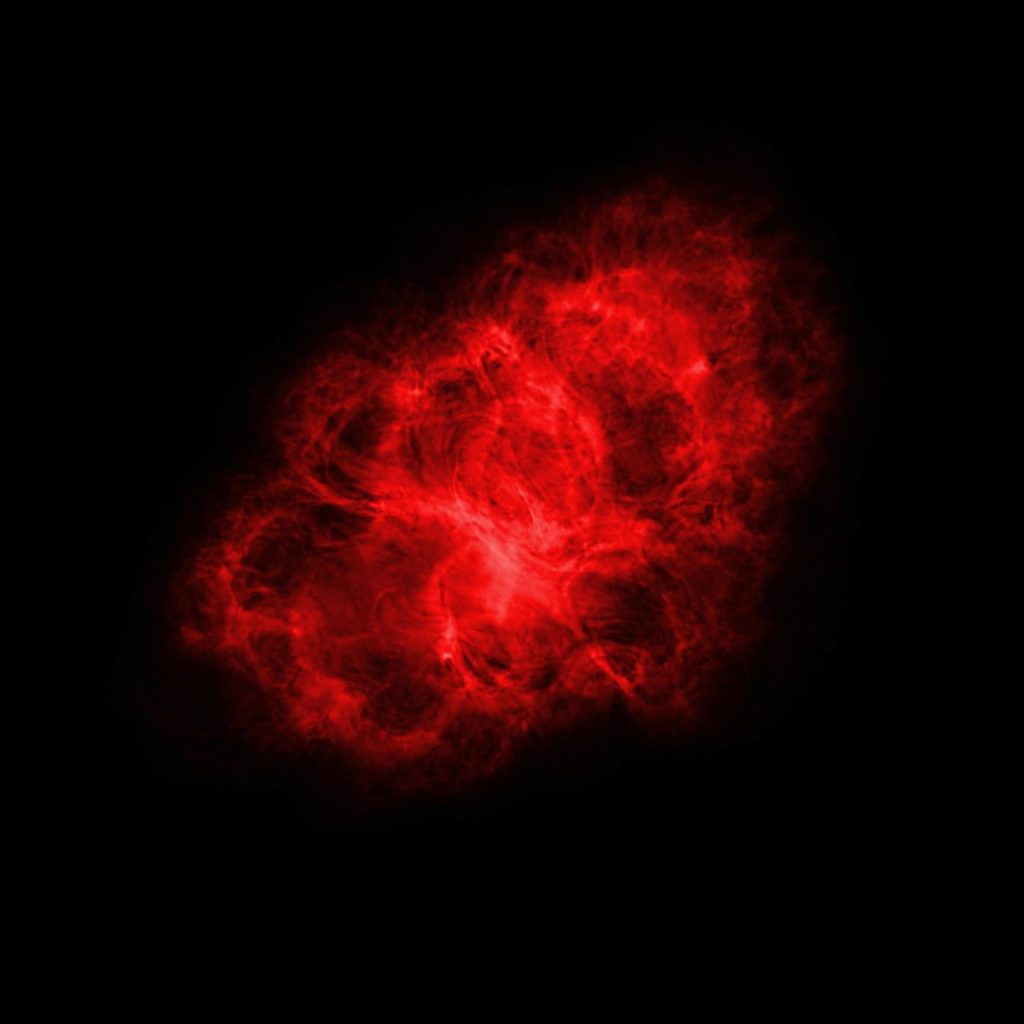
Source: NRAO/AUI/NSF
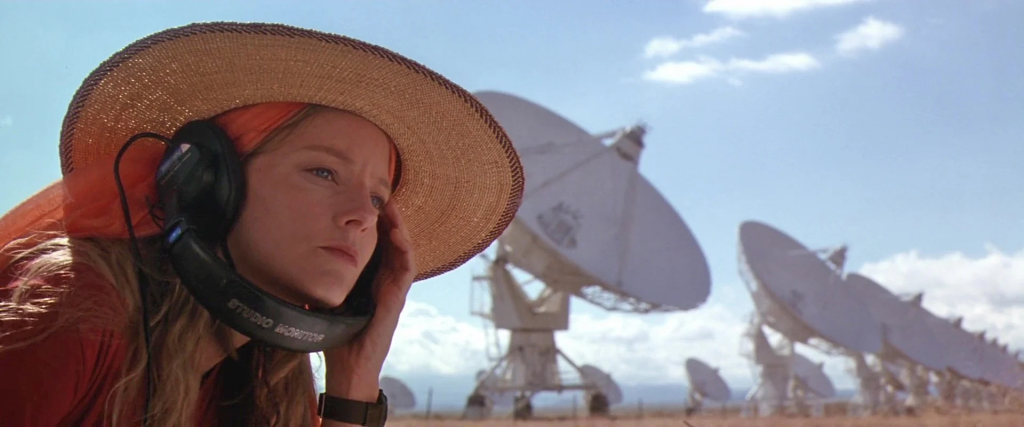
Source: NPR
The VLA offers tours and educational programs for the public, enhancing the understanding of radio astronomy and the importance of scientific research [2].
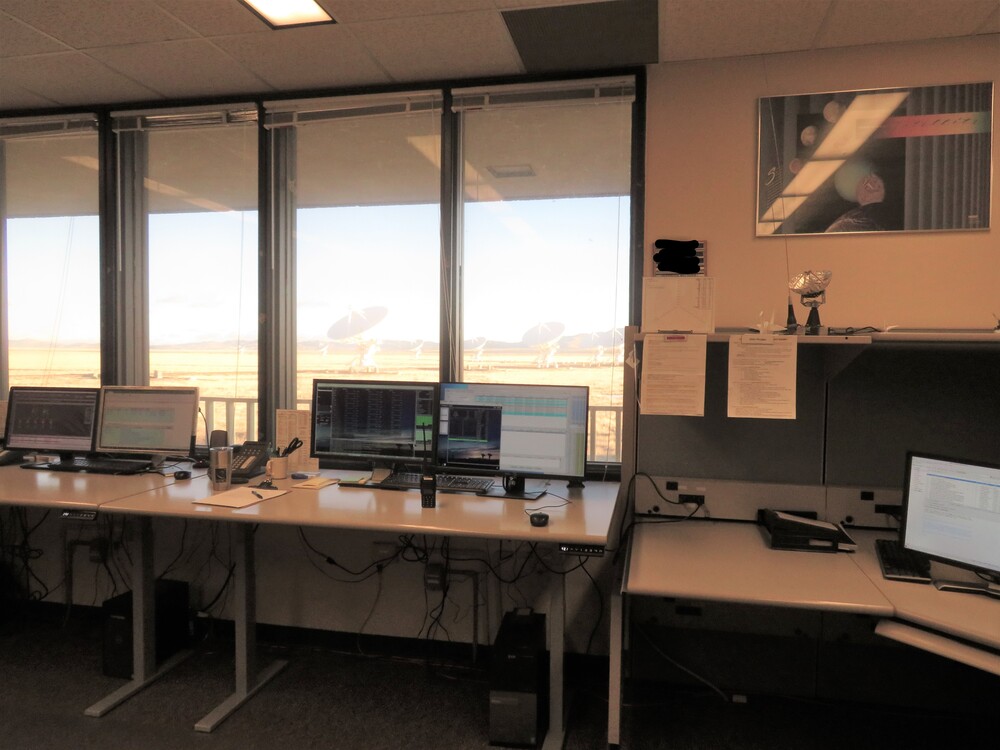
Source: NRAO/AUI/NSF
The ngVLA will consist of over 200 antennas with a diameter of 18 meters, arranged in a configuration that includes a central core and spiral arms, with the maximum distance between antennas being more than 8,860 kilometers. This configuration will provide exceptional resolution and sensitivity. The ngVLA will revolutionize our understanding of the universe, contributing to new discoveries about the formation of planetary systems, the evolution of galaxies, and the nature of dark matter and energy [2].
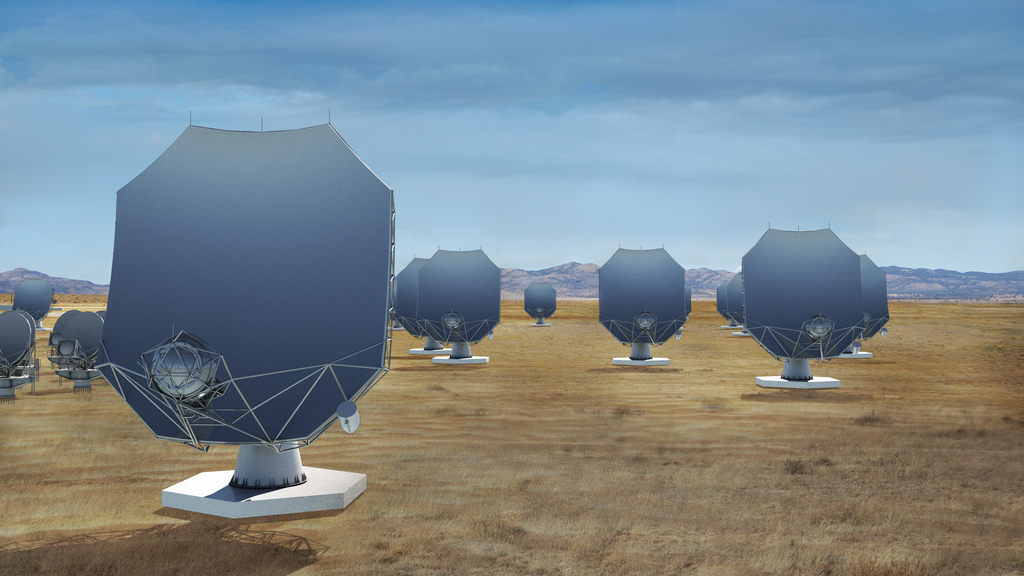
Source: NRAO/AUI/NSF
RADIO ASTRONOMY: The branch of astronomy that studies the universe through radio waves.
PULSAR: A rotating neutron star that emits pulses of radio waves.
QUASAR: An extremely bright and energetic object at the center of active galaxies, believed to be powered by a supermassive black hole.
INTERSTELLAR MEDIUM: The material found in the interstellar space between stars in a galaxy, including gas, dust, plasma, and cosmic rays.
Scientific Review: Konstantinos-Christos Giouroukalis
Translation: Konstantinos Karathanas
BIBLIOGRAPHY
[1] D. C. Backer, S. R. Kulkarni, C. Heiles, M. M. Davis, and W. M. Goss, “A millisecond pulsar,” Nature, vol. 300, no. 5893, pp. 615-618, 1982. DOI: 10.1038/300615a0.
[2] National Radio Astronomy Observatory (NRAO). “Very Large Array (VLA) Science.” [Online]. Available: https://public.nrao.edu/telescopes/vla/vla-science/. [Accessed: 20-Jun-2024].
[3] National Radio Astronomy Observatory (NRAO). “Very Large Array (VLA) Design.” [Online]. Available: https://public.nrao.edu/telescopes/vla/#design. [Accessed: 20-Jun-2024].
[4] National Science Foundation (NSF). “VLA is turning 40.” [Online]. Available: https://new.nsf.gov/science-matters/vla-turning-40. [Accessed: 20-Jun-2024].
[5] R. A. Perley, C. J. Chandler, B. J. Butler, and J. M. Wrobel, “The Expanded Very Large Array,” Astrophys. J. Lett., vol. 739, no. 1, L1, 2011. DOI: 10.1088/2041-8205/739/1/L1.
[6] J. J. Condon, W. D. Cotton, E. W. Greisen, Q. F. Yin, R. A. Perley, G. B. Taylor, and J. J. Broderick, “The NRAO VLA Sky Survey,” Astron. J., vol. 115, no. 5, pp. 1693-1716, 1998. DOI: 10.1086/300337.
[7] I. F. Mirabel and L. F. Rodríguez, “A Superluminal Source in the Galaxy,” Nature, vol. 371, pp. 46-48, 1994. DOI: 10.1038/371046a0.
[8] M. F. Bietenholz, J. J. Hester, D. A. Frail, and N. Bartel, “The Crab Nebula’s Wisps in Radio and Optical,” Astrophys. J., vol. 615, no. 2, pp. 794-804, 2004. DOI: 10.1086/424653.
[9] SETI Institute and National Radio Astronomy Observatory. “SETI Institute and National Radio Astronomy Observatory Team Up for SETI Science at the Very Large Array,” SETI Institute, 14-Feb-2020. [Online]. Available: https://www.seti.org/seti-institute-and-national-radio-astronomy-observatory-team-up-for-seti-science-at-very-large-array. [Accessed: 20-Jun-2024].
[10] Space.com. “The Very Large Array: 40 years of groundbreaking radio astronomy.” [Online]. Available: https://www.space.com/very-large-array.html. [Accessed: 20-Jun-2024].
[11] Universe Today. “The Next Generation Very Large Array Would be 263 Radio Telescopes Spread Across North America.” [Online]. Available: https://www.universetoday.com/153323/the-next-generation-very-large-array-would-be-263-radio-telescopes-spread-across-north-america/. [Accessed: 20-Jun-2024].
